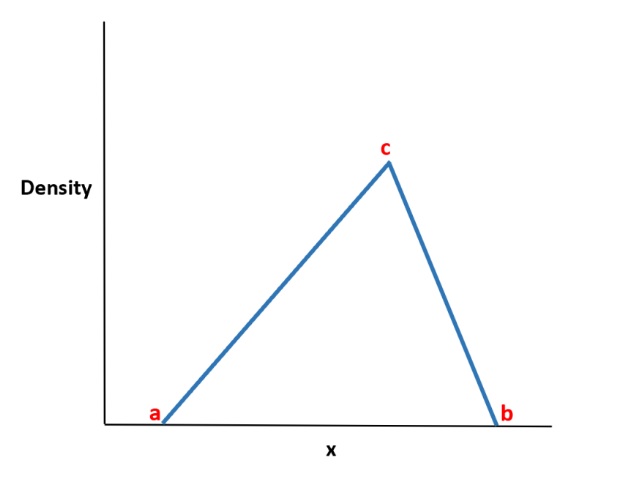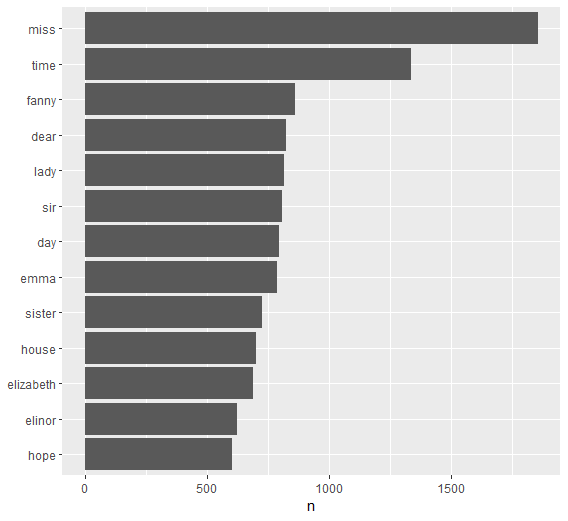Best Prompt Engineering Books
Best Prompt Engineering Books, Prompt engineering is a rapidly growing field that focuses on crafting high-quality input prompts to elicit accurate and informative responses from artificial intelligence (AI) models. With the increasing adoption of AI technologies in various industries, such as customer service, healthcare, and finance, the need for effective prompt engineering has become more pressing than…






